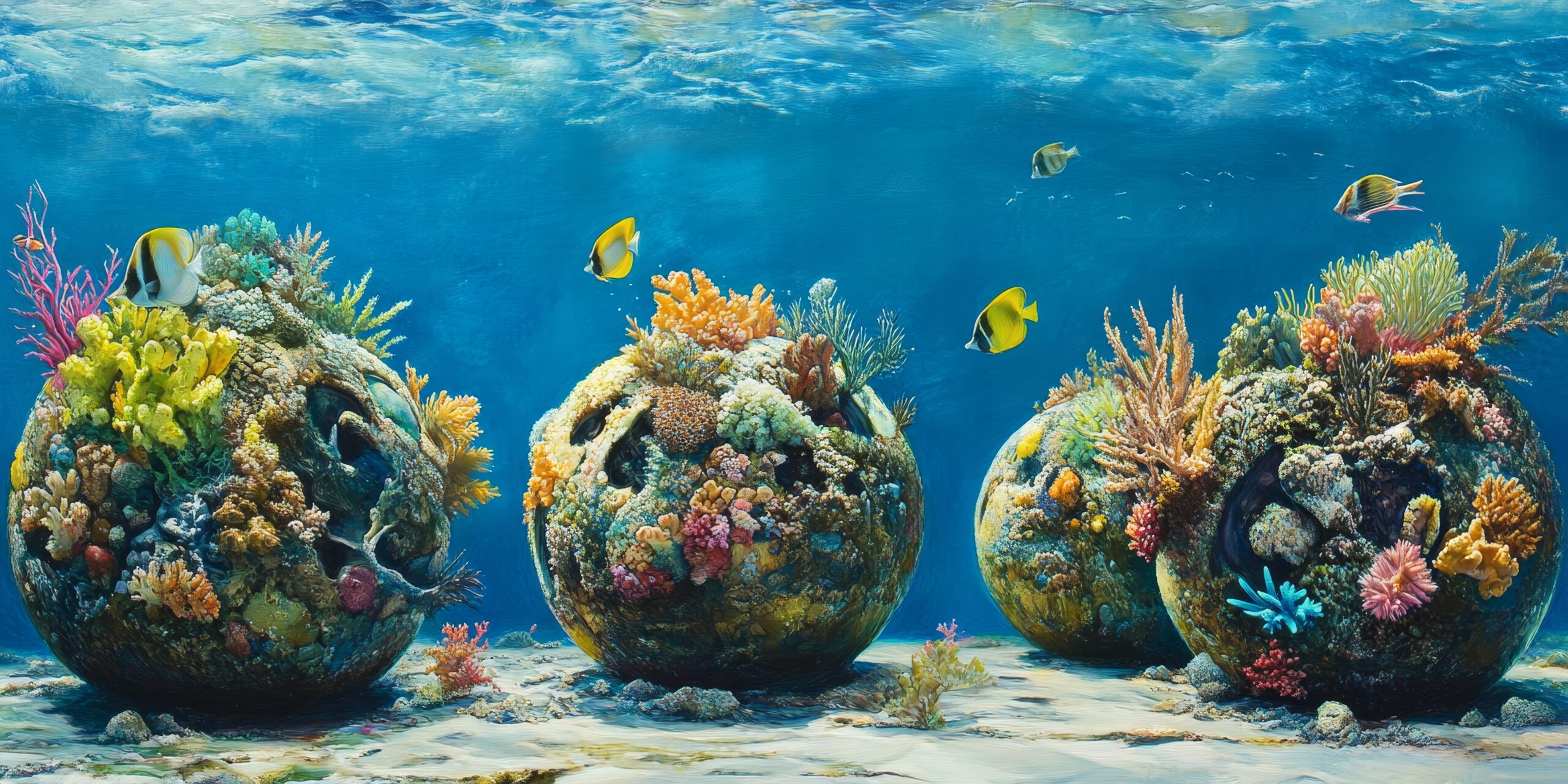Reef and coral memorials are an eco-friendly and meaningful way to honor a loved one. By using cremated remains to create underwater habitats, families can contribute to the restoration of marine ecosystems while memorializing a loved one’s legacy. If you’re considering this unique memorial option, here are eight things you should know.
1. They Help Restore Marine Life
Reef and coral memorials are more than just a tribute to your loved one; they also serve as a contribution to the health of marine ecosystems. When cremated remains are combined with pH-neutral concrete, they form artificial reefs that provide shelter for fish, coral, and other sea life, helping to restore and maintain the biodiversity of ocean ecosystems.
2. A Small Amount of Ashes Is Used
Typically, only a small portion of the cremated remains — about one teaspoon — is needed to create a reef memorial. This means that families can choose to scatter the remaining ashes or use them for another memorial.
3. The Memorial Is Placed in Designated Locations
Memorial reefs are typically placed in locations that have been approved for reef restoration, such as off the coasts of Florida, Texas, or other areas with active reef-building initiatives. Some providers offer specific locations or regions, and families can often choose the general area where the reef will be placed.
4. You Can Personalize the Memorial
Many reef memorial services allow families to include personalization, such as engraved plaques or memorial markers that are placed near the reef. These markers can display the loved one’s name, dates, and a message, making the memorial both unique and personal.
5. It’s an Environmentally Friendly Alternative
Unlike traditional burial or cremation, which can have significant environmental impacts, reef and coral memorials offer an eco-friendly alternative. The materials used to create the reef are designed to be biodegradable and safe for marine life, ensuring that the memorial helps rather than harms the ocean environment.
6. The Memorial Becomes Part of the Ocean’s Ecosystem
Over time, the artificial reef becomes an integral part of the marine ecosystem. The concrete structure created from the cremated remains becomes covered in coral and algae, providing shelter and food for various marine species. Eventually, the memorial blends seamlessly into its environment, continuing to support marine life long after the initial memorial service.
7. You Can Visit the Memorial Site
Some reef memorial services provide families with GPS coordinates to locate the memorial site, allowing them to visit it by boat or even dive to the location if they wish. This provides a tangible connection to the memorial that can be visited again and again, and some services even offer the option of livestreaming the placement of the memorial in the ocean.
8. Costs and Availability Can Vary
The cost of a reef or coral memorial can vary depending on the location, customization options, and the service provider. Prices typically range from $1,000 to $3,000, though premium options such as specific locations or larger memorials may be more expensive. It’s important to compare different providers and understand what is included in the cost, such as the placement of the memorial, plaque engraving, and any associated fees.
Final Thoughts
Reef and coral memorials offer a unique and meaningful way to honor a loved one, while also contributing to the restoration and preservation of marine ecosystems. If you or your family are passionate about the environment or have a deep connection to the ocean, this type of memorial could serve as a lasting tribute to a life well-lived.
Whether you’re drawn to the beauty of the ocean, the idea of supporting marine life, or the desire to leave a lasting impact on the natural world, a reef memorial offers a beautiful, eco-friendly, and personal alternative to traditional burial or cremation.
If you have feedback, questions, or ideas for future articles or Information Hubs, please contact us. Your insights help us create valuable content.


